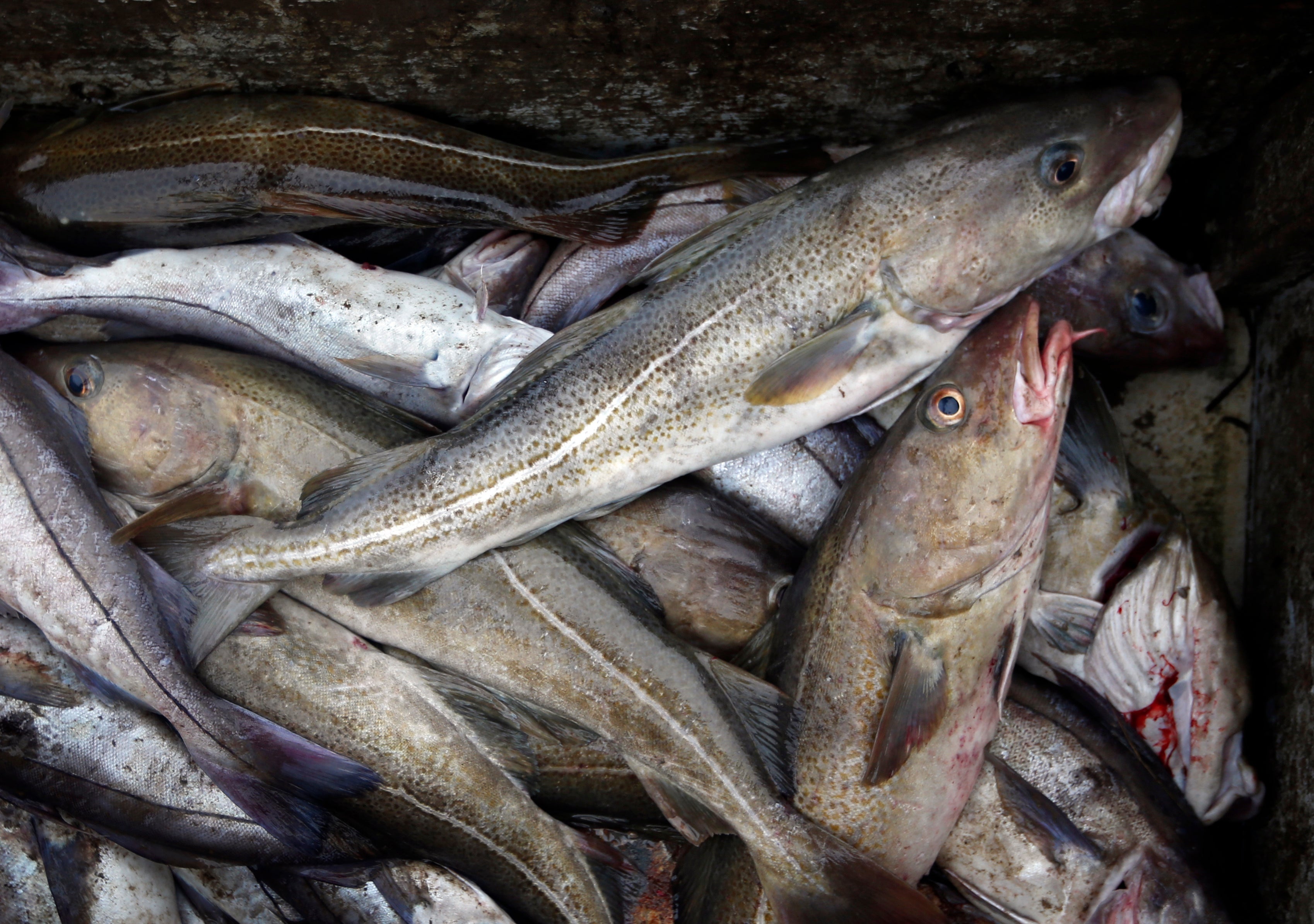Canada ends cod moratorium in Newfoundland after more than 30 years
The Canadian government has ended the Newfoundland and Labrador cod moratorium, which gutted the Atlantic-coast province’s economy and transformed its small communities more than 30 years ago

The Canadian government has ended the Newfoundland and Labrador cod moratorium, which gutted the Atlantic coast province’s economy and transformed its small communities more than 30 years ago.
The Fisheries Department announced Wednesday it would reestablish a commercial cod fishery in the province, with a total allowable catch of 18,000 tons for the 2024 season.
“Ending the northern cod moratorium is a historic milestone for Newfoundlanders and Labradorians,” said federal Fisheries Minister Diane Lebouthillier in a news release. “We will cautiously but optimistically build back this fishery with the prime beneficiaries being coastal and Indigenous communities throughout Newfoundland and Labrador.”
Ottawa announced the devastating cod moratorium on July 2, 1992. Cod stocks off the province’s northern and eastern coasts were collapsing, and the moratorium was introduced as a way to help them recover. Before then, the cod fishery was a primary economic driver in the province, and the moratorium put tens of thousands of people out of work.
John Crosbie, who was federal fisheries minister at the time, famously said, “I didn’t take the fish out of the goddamned water!” to a group of fishermen upset about the dwindling fish stocks. He announced the moratorium a day later.
With fish plants closing and jobs drying up, young people in rural Newfoundland and Labrador began to leave for St. John’s or mainland Canada to find work. Between 1991 and 2001, the province’s population fell by about 10%, largely because of people leaving outport communities, according to the Heritage Newfoundland and Labrador website.
The cod moratorium was supposed to last for two years. But when that deadline passed, fish stocks did not show signs of recovering.
Last year, Fisheries Department scientists announced they had used new modelling showing the cod stock was out of the “critical zone” for the first time in decades. When a species is in the critical zone, scientists recommend it be left alone as much as possible and that catch limits remain small.
Now the stock is in the “cautious zone,” which means fisheries decisions should still prioritize regrowth. The total catch of 18,000 tons for the 2024 season is just a fraction of what it was — 120,000 tons, according to a government website — in February 1992, just months before the moratorium.
“Our province has waited a long time for the end of the northern cod moratorium,” said Newfoundland and Labrador Premier Andrew Furey in a social media post. “A sustainable harvest that provides maximum benefits for all Newfoundlanders and Labradorians is most important.”
Bookmark popover
Removed from bookmarks